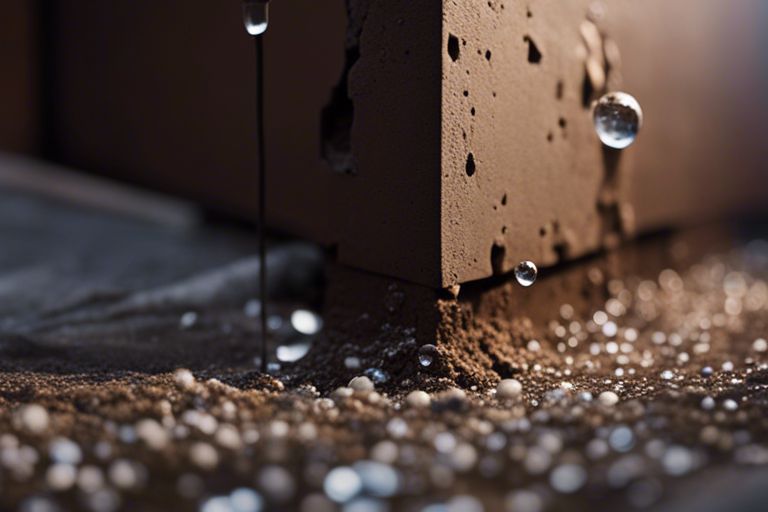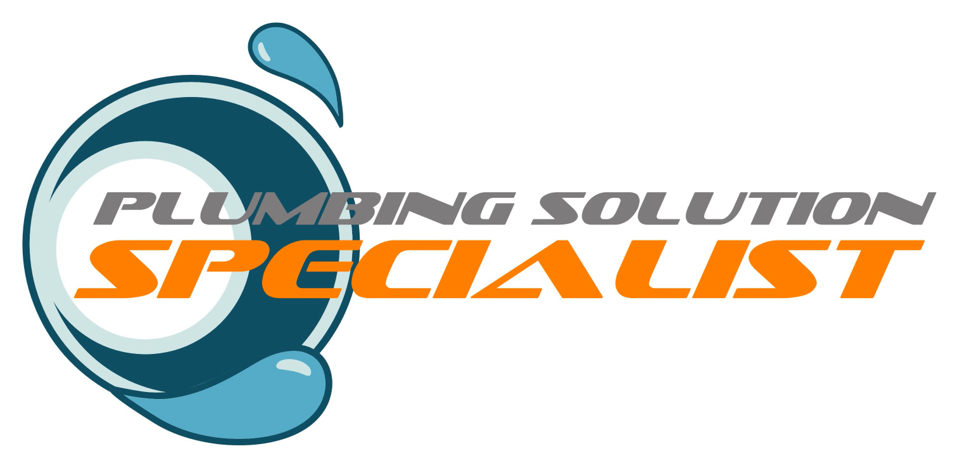There’s a common misconception that mold growth indoors is simply a result of poor ventilation or high humidity. However, unexplained mold growth in your home could actually be a warning sign of a more serious issue: slab leaks. These leaks occur beneath the concrete foundation of your home and can lead to water damage, structural issues, and health hazards. If you notice mold appearing on walls, ceilings, or floors, especially in areas close to the ground, it’s crucial to investigate the possibility of slab leaks before the problem escalates. Taking prompt action can prevent further damage and keep your home safe and healthy.

Key Takeaways:
- Mold growth is a common sign of slab leaks: When water leaks under the foundation of your home, it creates a damp environment ideal for mold growth.
- Timely detection and repair are crucial: Addressing slab leaks promptly can help prevent extensive damage to your property and potential health risks associated with mold.
- Consulting professionals is important: If you suspect slab leaks or notice mold growth, it is important to seek the expertise of professionals to accurately diagnose and address the issue.
Understanding Slab Leaks
Definition and Causes of Slab Leaks
Now, let’s examine into understanding what slab leaks are and the factors that cause them. Slab leaks are water leaks that occur beneath the concrete slab foundation of a building. These leaks are commonly caused by corroded or damaged pipes, shifting soil, or poor installation.
Symptoms and Early Detection of Slab Leaks
Now, let’s explore the symptoms and early detection of slab leaks. Slab leaks can be identified by a variety of signs, including unexplained increases in water bills, damp or warm spots on the floor, or the sound of running water when no faucets are on. Early detection is crucial to prevent extensive damage to your home’s foundation and plumbing system.
For instance, ignoring the signs of slab leaks can result in structural damage to your home, mold growth, and even a sinkhole formation in extreme cases. It is important to address any suspected slab leaks promptly by consulting a professional plumber to assess and repair the issue.
Mold Growth in Homes
Causes of Mold Growth
To understand the connection between mold growth and slab leaks, it’s crucial to look at the causes of mold in homes. Persistent moisture or water intrusion is the primary factor that leads to mold growth. Leaking pipes, poorly sealed windows, and inadequate ventilation can create the perfect environment for mold to thrive. If left unaddressed, mold can spread rapidly and pose serious health risks to occupants.
Health Impacts of Mold
To probe into the health impacts of mold, it’s necessary to recognize that mold spores can trigger allergic reactions and exacerbate respiratory conditions such as asthma. Prolonged exposure to mold can lead to more severe health issues like chronic respiratory infections and neurological problems. It’s crucial to address any mold growth in your home promptly to safeguard your health and well-being.
This underscores the importance of addressing mold growth promptly to prevent potential health risks. If you suspect mold in your home, it’s advisable to seek professional help for safe and effective remediation. Additionally, improving ventilation and addressing any water leaks promptly can help prevent mold growth in the future.
Diagnosing Mold as a Sign of Slab Leaks
Not sure if mold growth in your home is a sign of slab leaks? While mold can be a common issue in houses with slab foundations, it doesn’t necessarily mean you have a slab leak. To learn more about the connection between mold growth and slab leaks, you can explore Is mold growth common in a slab house?.
Investigating Mold and Humidity Sources
On many occasions, mold growth can be attributed to high levels of humidity in the environment. To determine if mold is a result of slab leaks, it’s crucial to investigate other potential sources of moisture in your home. Check for plumbing leaks, condensation on windows, or improper ventilation that may be contributing to the mold issue.
Professional Assessment and Tools
With the complexity of slab leak detection, it’s advisable to seek a professional assessment. Professionals have specialized tools such as infrared cameras and moisture meters that can pinpoint hidden leaks without causing extensive damage to your property. They can provide a comprehensive evaluation of the situation and recommend the necessary steps to address both the mold growth and potential slab leaks.
Mold growth in your home can be indicative of various underlying issues, including slab leaks. It’s vital to address mold problems promptly to prevent health hazards and structural damage. By conducting a thorough investigation and seeking professional assistance, you can effectively diagnose the root cause of mold growth and take appropriate measures to resolve the issue.
Prevention and Remediation
Preventing Slab Leaks and Mold Growth
For homeowners looking to prevent slab leaks and mold growth in their homes, regular plumbing inspections are necessary. Keeping an eye on your water bill for unexpected spikes can indicate a potential slab leak. Additionally, maintaining proper drainage around your home can help prevent water from seeping into your foundation and causing mold growth.
Remediation Strategies for Mold and Slab Leaks
Any suspected mold growth or slab leaks should be addressed immediately to prevent further damage to your home and potential health risks. Remediation of mold and slab leaks often requires professional services to ensure thorough removal and repair. It is crucial to address the underlying cause of the issue to prevent recurrence.
Remediation: When dealing with mold and slab leaks, it is important to act swiftly and decisively. Ignoring these issues can lead to structural damage, compromised indoor air quality, and potential health hazards for you and your family. By taking proactive measures to prevent and address slab leaks and mold growth, you can protect your home and your loved ones.
Final Words
With these considerations in mind, it is clear that mold growth can be a sign of slab leaks in your home. If you notice any unexplained mold appearing in your walls, ceilings, or floors, it is important to investigate the possibility of underlying water leaks. Ignoring the issue can lead to further damage to your home’s structure and potential health risks for you and your family. It is crucial to address any signs of mold growth promptly and seek professional help to locate and repair the source of the problem. By staying vigilant and taking immediate action, you can protect your home and loved ones from the potential dangers associated with slab leaks.
FAQ
Q: How can mold growth be a sign of slab leaks in a home?
A: Mold thrives in damp and humid environments, which are common conditions near slab leaks. When there is a leak in the foundation of a home, water can seep into the surrounding areas, creating the perfect breeding ground for mold. If you notice mold growth in your home, it could be an indication of a slab leak that needs to be addressed promptly.
Q: What are the other signs of slab leaks besides mold growth?
A: In addition to mold growth, other signs of slab leaks include unexplained spikes in water bills, damp or warm spots on the floor, sounds of running water when no faucets are on, cracks in walls or flooring, and a musty odor in certain areas of the house. If you observe any of these signs, it is important to investigate further to determine if a slab leak is present.
Q: How can slab leaks be fixed to prevent mold growth and further damage?
A: Slab leaks can be repaired by professionals through methods such as tunneling, epoxy restoration, or rerouting the pipes. It is crucial to address slab leaks promptly to prevent water damage, mold growth, and structural issues in the home. Once the leaks are fixed, it is crucial to thoroughly dry and clean the affected areas to prevent mold growth and ensure the safety of the home’s inhabitants.
